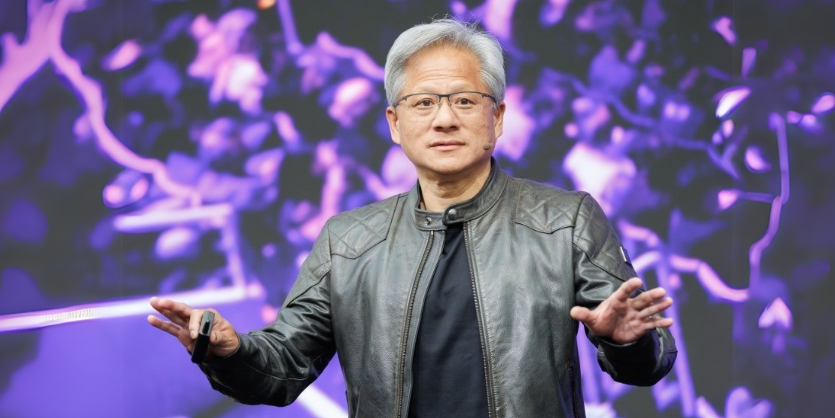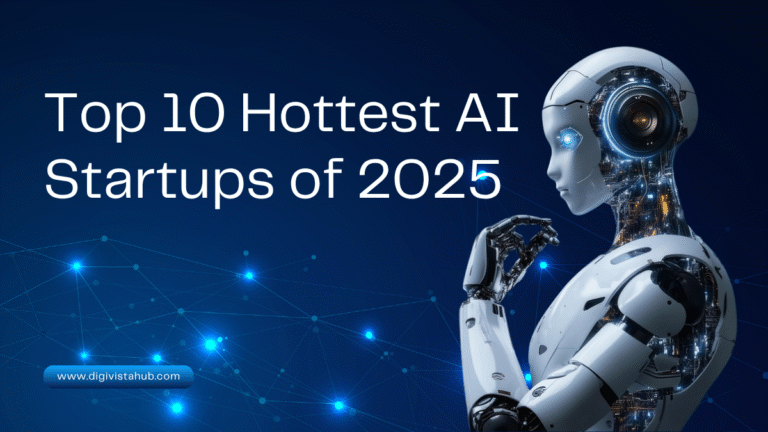In recent years, the global tech landscape has been punctuated by high-profile conferences and keynotes. Among the most memorable presences has been Jensen Huang, the CEO of Nvidia Corp., donning his signature black leather jacket and commanding attention on stages around the world. This recurring image, emblematic of the company’s ascent, captures what some have called the “leather-jacket effect.”
This phenomenon highlights Nvidia’s emergence as a dominant force in artificial intelligence (AI), a shift that has redefined the company’s role in the tech industry. Nvidia has transformed from a niche player to a key architect of the AI revolution, fostering partnerships and shaping the future of computing in ways reminiscent of the rise of personal computers and the early internet.
Accelerated Computing: Building an AI Ecosystem
Nvidia’s meteoric rise is not merely a matter of timing or market trends. Instead, it reflects a deliberate and well-executed strategy. The company’s success lies in its ability to combine advanced hardware with a sophisticated software ecosystem, creating a robust platform tailored to AI applications.
A pivotal moment in this journey occurred in 2006, when Nvidia launched its Compute Unified Device Architecture (CUDA). This parallel computing platform empowered developers to harness GPUs for tasks like deep learning, expanding Nvidia’s influence beyond gaming. A watershed moment came in 2012, when AlexNet—a convolutional neural network—won the ImageNet challenge using Nvidia’s CUDA architecture. This achievement showcased the potential of GPUs in machine learning, propelling Nvidia into the AI spotlight.
Strategic Partnerships and Industry Demand
Nvidia’s growth has been fueled by its proactive approach to collaboration. The company has forged alliances with leading cloud providers, including Amazon Web Services (AWS), Google Cloud, and Microsoft Azure. These partnerships have enabled cloud customers to leverage Nvidia’s cutting-edge GPUs for demanding AI workloads, meeting surging demand for high-performance AI chips like the H100 Tensor Core GPU.
For example, Google Cloud’s adoption of Nvidia’s Grace Hopper Superchip platform exemplifies how these collaborations are driving innovation in generative AI and deep learning. Such relationships underscore Nvidia’s ability to not only supply critical hardware but also integrate seamlessly into broader technology ecosystems.
Navigating Competition and Market Dynamics
As Nvidia has cemented its leadership, competitors have sought to challenge its dominance. Advanced Micro Devices (AMD) has introduced products like the Instinct MI300X to target Nvidia’s data center GPU market. Meanwhile, Intel and Broadcom have unveiled their own AI chips, aiming to diversify the market and capture opportunities in generative AI.
Nvidia’s strategy, however, has created a significant moat. By offering an integrated ecosystem—from GPUs to proprietary networking solutions and software—the company has insulated itself from competitors. This approach enables Nvidia to address bottlenecks and fine-tune architectures, providing a competitive edge in the AI-driven computing era.
Challenges Ahead: Scalability and Openness
Despite its strong position, Nvidia faces challenges tied to scalability and the evolving landscape of computing. A key debate revolves around data center switching technologies—InfiniBand versus Ethernet—and their implications for AI workloads. Nvidia’s reliance on proprietary InfiniBand technology has sparked discussions about whether the industry’s shift toward open, distributed, and heterogeneous computing could impact the company’s long-term trajectory.
“Generative AI is reshaping computing, storage, and networking,” noted John Furrier of theCUBE Research. “Nvidia’s challenge will be navigating this shift while maintaining its leadership position.”
Financial Success and Future Innovation
Nvidia’s financial performance reflects its dominance. In a recent quarter, the company reported net income of $19.3 billion, surpassing its total earnings from the previous fiscal year’s first nine months. This explosive growth has bolstered investor confidence, with Nvidia briefly surpassing Microsoft to become the world’s most valuable company in mid-2023.
Looking ahead, Nvidia’s annual GTC event will provide insights into its future roadmap. Industry speculation points to potential announcements around new GPU architectures, such as Rubin, and accelerated timelines for next-generation AI chips.
Conclusion: A Visionary at the Helm
At the heart of Nvidia’s success is Jensen Huang’s leadership, combining aspirational vision with a keen understanding of industry dynamics. His ability to anticipate trends and adapt to market needs has propelled Nvidia to the forefront of the AI revolution.
As the company continues to innovate and expand its ecosystem, it remains poised to shape the future of technology—one breakthrough at a time. Nvidia’s journey exemplifies the power of strategic vision, relentless execution, and the transformative potential of AI in reshaping industries and driving progress.















